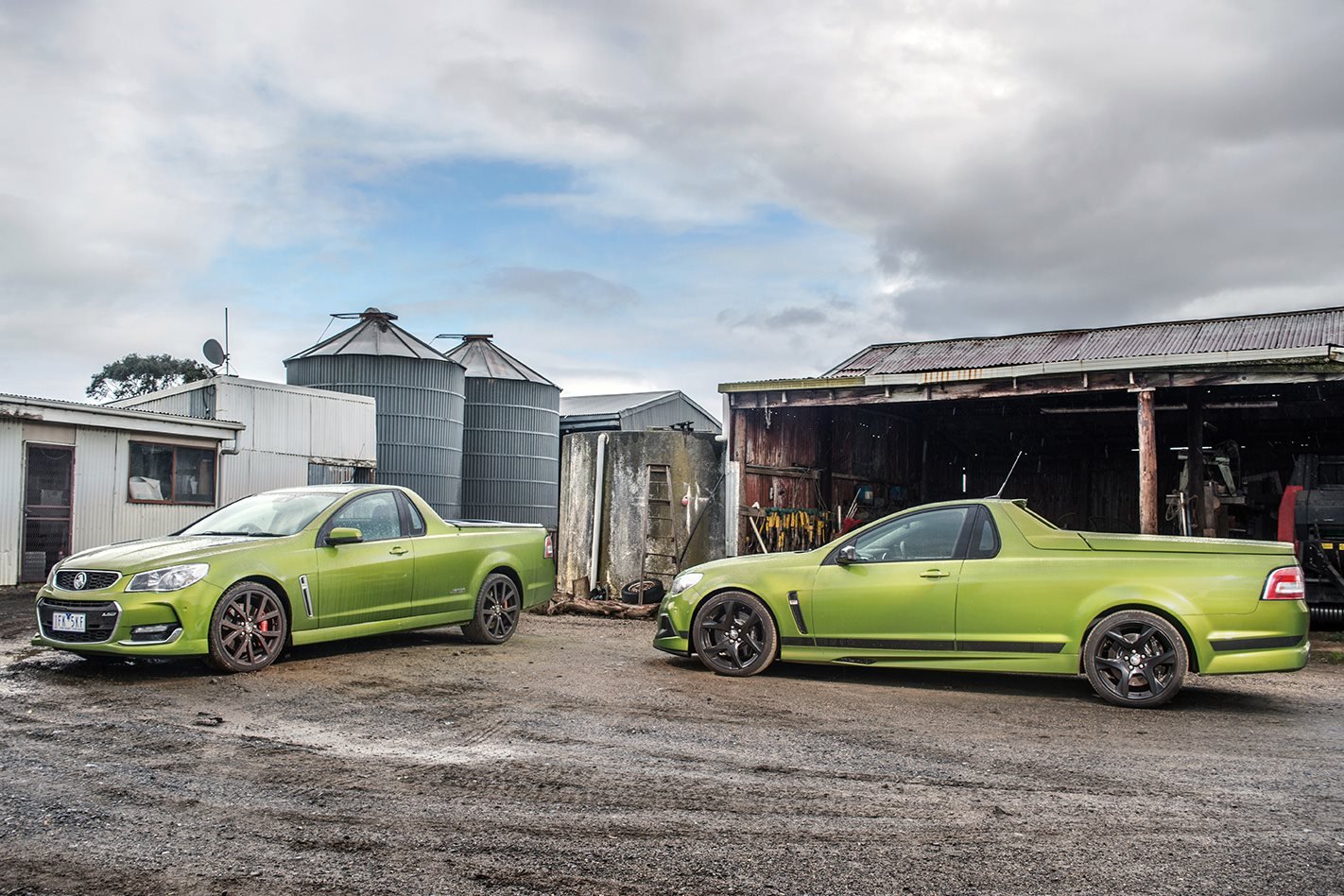If you’re an Aussie car fan, you’re probably aware that earlier this year HSV released the R8 SV Black series, a last hurrah for the 6.2-litre LS3 V8 that has been in use since the E Series appeared in 2007.
Limited to just 350 Clubsports and 100 Maloos, the upgrades are purely cosmetic. However the SV Blacks undercut their mechanically identical Gen-F predecessors by $7000, making them good value.
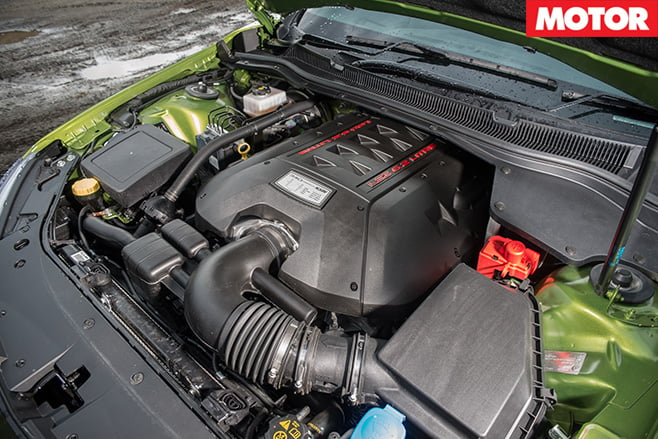
Unsurprisingly, the two feel very similar in a straight line. Torque is identical, as are the gear ratios, and the HSV’s extra 36kW – courtesy of list engine mods – are offset slightly by the extra 40kg it carries. Nonetheless, the Maloo does feel like it revs slightly more keenly and, to my ears, sounds slightly better (you may disagree). But we’re splitting hairs at this point.
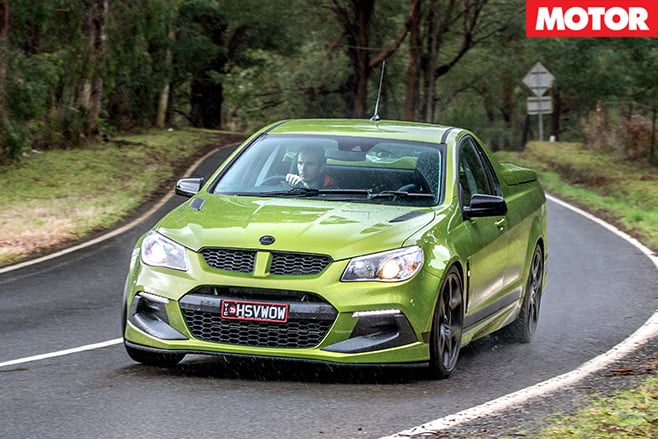
Unsurprisingly, both are keen oversteerers in the wet. But as they are naturally aspirated, metering out the power – and thus the level of slip – is a piece of cake. Their sports ESP settings – Competition Mode in the Holden, Performance mode in the HSV – are both up there with the best, perfectly calibrated for the road.

In the dry this can make it slightly less playful, but the payoff is less slack in the suspension and better body control, yet the ride doesn’t seem to unduly suffer.
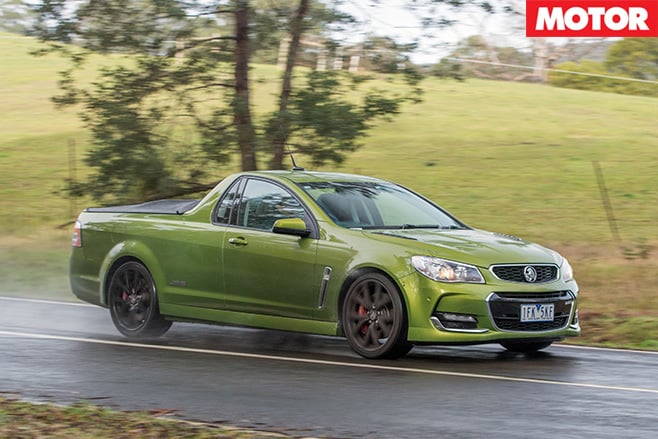
My first thought was to buy a second-hand Gen-F Maloo R8 SV. But residual values are extremely strong, with cars approaching 100,000km on the clock only just ducking under the $50,000 mark. Another way to look at it is that for $12,000, you could undoubtedly make the Redline go, stop and handle better than a standard Maloo.
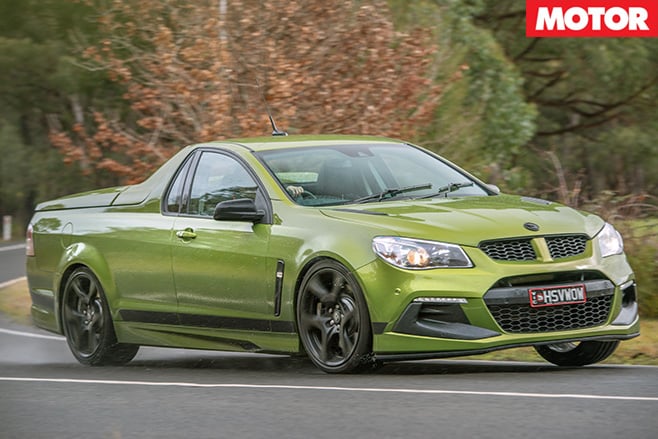
MONTH TWO
LIKED: Driving V8 utes on wet roads DISLIKED: Discovering the Maloo’s better FAVOURITE MOMENT: V8s roaring, tyres spinning – yeehaa!
FUEL THIS MONTH: 15.7L/100km AVERAGE: 14.77L/100km DISTANCE THIS MONTH: 912km TOTAL: 11,736km
See Part 1 of our long-termer Holden SS-V Redline ute.


